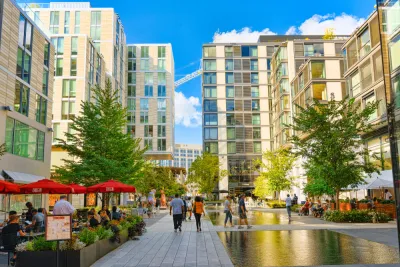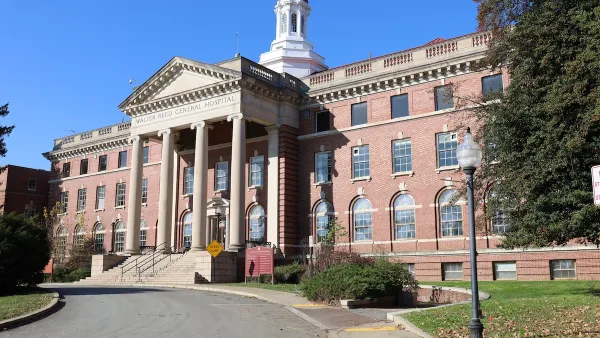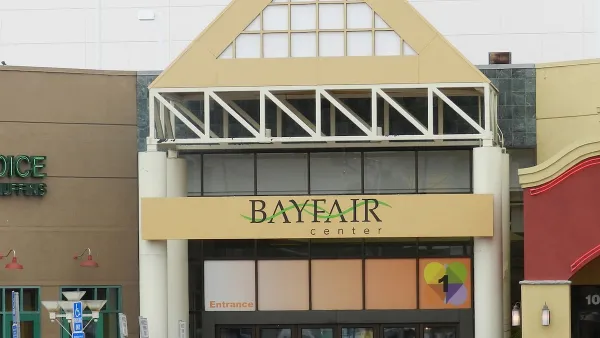Many urban cores around the country are faced with increasing office vacancies concurrently with a housing affordability crisis caused, at least in part, by a lack of supply. D.C. is particularly primed for a wave of adaptive reuse.

Josh Niland writes for Archinect: “Through the doldrums of America’s pandemic-triggered office downturn, the nation’s capital is quickly turning into a case study for the conversion of former commercial spaces into residential housing and mixed-use development.”
Niland’s assessment of the adaptive reuse market in the nation’s capital cites a number of sources, including a July article in the Washingtonian by Marisa M. Kashino that surveys various adaptive reuse projects (which Niland refers to as office conversions).
D.C.'s Deputy Mayor for Planning and Development, John Falcicchio, told Kashino that adaptive reuse can be useful for creating a 24-7 feel—especially in Downtown D.C. “We need to do [adaptive reuse] to save downtown,” says Falcicchio. “The only way to do that is to have a better mix of uses.”
Also cited is a 2019 report by the Metropolitan Washington Council of Governments indicating that the D.C. area needs to add 325,000 units before the end of the decade to keep pace with demand. The Lincoln Property Company estimated in spring 2022 that Washington, D.C. has an estimated 157.9 million square feet of rentable office space—a prime target for prospective developers.
Finally, Niland also references an article by Marissa J. Lang for the Washington Post from December 2021 when D.C. Mayor Muriel Bowser announced a new plan to spur adaptive reuse of vacant office buildings by “gathering input from current and prospective property owners on what they would need to consider transforming office structures into residences.”
Previous Planetizen coverage of adaptive reuse in the post-pandemic era (a Planetizen trend to watch in 2021):
FULL STORY: D.C. steps up office-to-residential conversions in the face of housing shortage

National Parks Layoffs Will Cause Communities to Lose Billions
Thousands of essential park workers were laid off this week, just before the busy spring break season.

Retro-silient?: America’s First “Eco-burb,” The Woodlands Turns 50
A master-planned community north of Houston offers lessons on green infrastructure and resilient design, but falls short of its founder’s lofty affordability and walkability goals.

Delivering for America Plan Will Downgrade Mail Service in at Least 49.5 Percent of Zip Codes
Republican and Democrat lawmakers criticize the plan for its disproportionate negative impact on rural communities.

Test News Post 1
This is a summary

Test News Headline 46
Test for the image on the front page.

Balancing Bombs and Butterflies: How the National Guard Protects a Rare Species
The National Guard at Fort Indiantown Gap uses GIS technology and land management strategies to balance military training with conservation efforts, ensuring the survival of the rare eastern regal fritillary butterfly.
Urban Design for Planners 1: Software Tools
This six-course series explores essential urban design concepts using open source software and equips planners with the tools they need to participate fully in the urban design process.
Planning for Universal Design
Learn the tools for implementing Universal Design in planning regulations.
EMC Planning Group, Inc.
Planetizen
Planetizen
Mpact (formerly Rail~Volution)
Great Falls Development Authority, Inc.
HUDs Office of Policy Development and Research
NYU Wagner Graduate School of Public Service





























